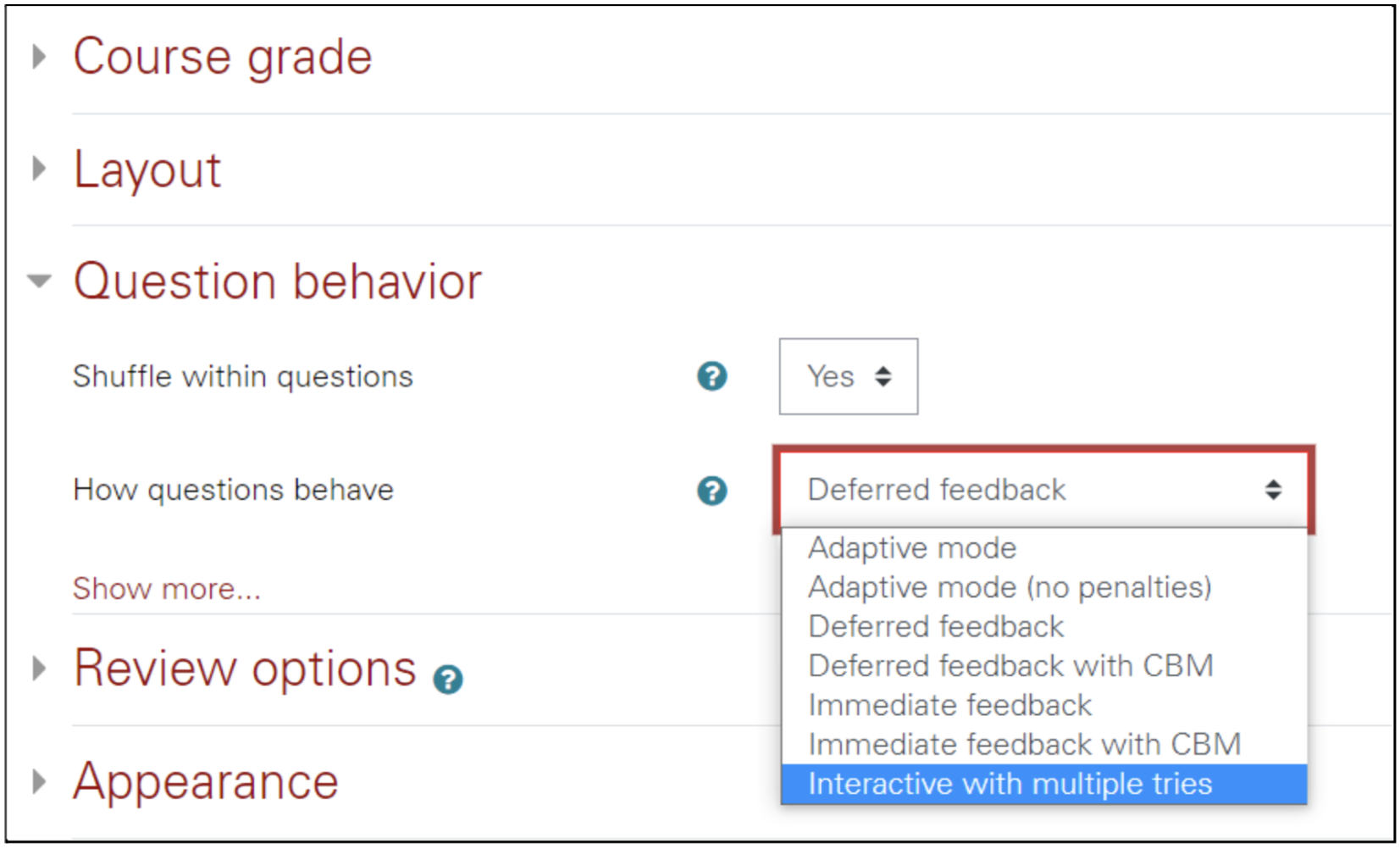Spring Cleaning Part 2: Deep Clean Your Course

While last month’s article, “Spring Clean Your Course,” was about minimal effort and maximum impact, this article is about more substantial ways to clean your course that require a bit more effort and time.
Organize with the Quick Start Course Shell
The Quick Start Course Shell is a template that provides clear organization to your Moodle course based on standards from the Quality Matters Higher Education Rubric, 6th Edition. The shell has been used in nearly 100 NC State projects and courses. Find out more about how to add the shell to your course. Below is an example of a course that is using the Quick Start Course Shell:

Illuminate with Module Overviews
Module overviews provide a clear way to let students know the overall goal of the module. They may be written at the top of the module or communicated through audio or video. Below is an example of a typical module overview:
“Who is your favorite 18th century British author? What about the author’s work makes him or her appealing to you? This week we will be discussing three works from this period, along with author backgrounds. You will complete three readings, two discussion postings, and one quiz.”
Clarify with Self-Paced Practice Quizzes
Use the Moodle Quiz feature to create a practice quiz that focuses on the key takeaways from the module. To make answers automatically appear, adjust the “Question behavior” setting within the Moodle Quiz and select “Interactive with multiple tries.”

Divide Lengthy Videos into Shorter Ones
It is ideal to have each video, or “microlecture,” last no more than 10 minutes. According to research, brevity promotes learner engagement and sustained focus on the content. Panopto, NC State’s enterprise-level video management system, makes editing a straightforward process. For more, see DELTA’s Panopto Overview.
Add Frequently Asked Questions From Students
Peer back into the recesses of your inbox and/or Moodle messages to find frequently asked questions about your course. By creating a list of common questions, along with your responses to them, you will help students gain a better understanding of tasks and reduce time spent responding to the same questions. This has the added benefit of helping you see what may need clarifying within assignments or instructions so you can address the source of any confusion.


